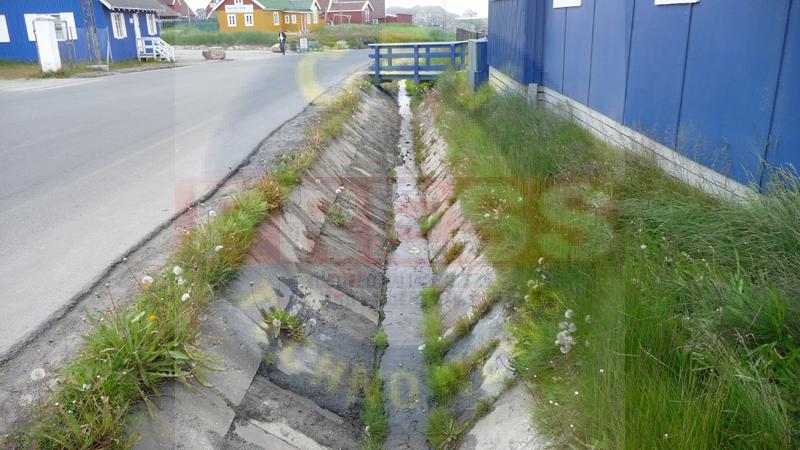DIVERSION HEAD WORKS IN IRRIGATION
ALL YOU NEED TO KNOW
Diversion Headworks:-
Diversion headworks is constructed across a river to obstruct the flow of the river and raise the water level and afterward it will be diverted to the canals for irrigation and other purposes. Diversion headworks are also constructed over the canals it is also called canal headworks which help to regulate water supply flow into the canal and also help to control silt and other sediments entry into the canals. It creates a small water body type we can say pond type.
An irrigation canal takes its supplies from a river or a stream. In order to divert water from the river into canal it is necessary to construct certain works or structures across the river and at the head of the off taking canal. These works are known as Diversion headworks, or headworks.
Types of diversion headworks
The diversion headworks may be classified into the following two types:
- Temporary diversion headworks
- Permanent diversion headworks
Temporary diversion headworks consist of a spur or bund constructed across the river to raise the water level in the river and divert it into the canal. These bunds may be required to be constructed every year after the floods, because they may be damaged by the floods.
Permanent diversion headworks
Permanent diversion headworks are made of permanent structures such as a weir or barrage across a river which raise the water level in the river and further divert it into the off-taking canals for irrigation or other usages. Most of the diversion headworks for canals are the permanent type of headworks. Canals are also made as a permanent structure that may need maintenance from time to time.
Components of diversion headworks:-
Weir and Barrage
Weir is a structure constructed at 90 degrees to the flow of a river. So it obstructs the flow of water and raises the water in the river. On the crest of the weir usually, shutters are provided. Shutters allow water to pass through it when water is surplus to the weir. shutters are kept open to allow the surplus water to flow over the crest at the time of flood situation. Weirs are also made of different types of material and use different designs and they can be classified as:
- Masonry weir with a vertical drop or vertical drop weirs: This type of weir consists of a masonry wall with both either upstream and downstream faces vertical or both inclined. An impervious floor is there which is parallel to the bottom of the bed.
- Rockfill weirs with sloping aprons: This type of weir consists of a masonry wall with dry pack boulder is laid inform of slopping bed with weir wall in between.
- Concrete weir with downstream glacis: In this type of weir sheet piles are there at a depth where the foundation needs to be strong enough on both the side upstream and downstream. If the distance between piles upstream and downstream are huge then intermediate piles are also provided. This type of weir is usually constructed over the pervious foundation.
In the case of a barrage, the height of the crest is at a low level and mainly gates are accomplished over the crest. during the flood, gates are raised so the surplus water of the flood can be passed through over the crest with minimum afflux. Barrage can provide better control on raising the water level in the river but it becomes more costly comparatively.
Divide wall or divide groyne
A divide wall is a long masonry or concrete wall or groyne (an embankment protected on all sides by stone or concrete blocks) which is constructed at right angles to the axis of the weir to separate the undersluices from the rest of the weir. If two canals take off, one on either side of the river, then two divide walls are required, one on each side. The top width of the divide wall is about 1.5 to 2.5m. The divide wall extends on the upstream side up to a distance little beyond the beginning of the canal head regulator and on the downstream side up to the end of the loose protection.
Fish ladder & Diversion headworks
Large rivers have various types of fish, many of which are migratory. They move from one part of the river to another according to the season. In our country generally fish move from upstream to downstream in the beginning of winter in search of warmth and return upstream before monsoon for clearer water. Due to the construction of a weir or barrage across the river such migration of the fish will be obstructed and if no arrangement is made in the weir or barrage for this migration, large scale destruction of the fish life may take place in the river.
Canal head regulator
A canal head regulator is provided at the head of each main canal off taking from diversion headwork.
It should be so aligned that its axis makes an angle of 90o to 120o with the axis of weir as shown in the figure.
Functions of canal head regulator
- It regulates the supply of water into canal.
- It controls entry of silt into canal.
- It prevents the river flood from entering the canal.
It can be used to stop the canal supply when the silt in the river water exceeds a certain limit.

